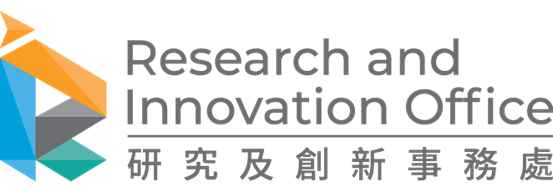PolyU and Peking University Third Hospital join forces to establish Medicine-Engineering Collaborative Innovation Research Laboratory
The Hong Kong Polytechnic University (PolyU) and Peking University Third Hospital (PUTH) have signed a Memorandum of Understanding (MoU) to explore advancements in medical education, research and healthcare services. Both parties also agreed to establish the “Medicine-Engineering Collaborative Innovation Research Laboratory”, focusing on research and development, talent cultivation and knowledge transfer. The partnership aims to leverage the strengths of both parties to foster innovation in medicine and engineering, laying a solid foundation for cultivating future medical professionals and contributing to global medical advancements.
Witnessed by Dr LAM Tai-fai, PolyU Council Chairman; Prof. Jin-Guang TENG, PolyU President; Prof. Wing-tak WONG, PolyU Deputy President and Provost; Prof. FU Wei, PUTH President; and Prof. YUAN Chunhui, Director of the Department of General Surgery of PUTH, the MoU was signed by Prof. Christopher CHAO, PolyU Vice President (Research and Innovation) and Prof. TANG Yida, PUTH Vice President. Following this, the agreement for the joint establishment of the “Medicine-Engineering Collaborative Innovation Research Laboratory” was signed by Prof. H.C. MAN, Dean of the Faculty of Engineering of PolyU and Prof. Yuan Chunhui, in the presence of Dr Lam Tai-fai, Prof. Jin-Guang Teng, Prof. Wing-tak Wong, Prof. Fu Wei and Prof. Tang Yida. Dr Lam Tai-fai and Prof. Fu Wei then officiated at the plaque unveiling ceremony for the “Medicine-Engineering Collaborative Innovation Research Laboratory”, marking its official establishment.
In his speech, Prof. Jin-Guang Teng said, “With 87 years of history, PolyU has always been committed to contributing to the development of Hong Kong and the Nation. PUTH is one of the top Grade 3A hospitals and one of the 14 pilot hospitals nationwide for high-quality development among public hospitals. We are grateful for PUTH’s trust and its support for PolyU. By combing our strengths and strengthening synergistic development in medical science and engineering, we are confident that this collaboration will unleash great potential in talent cultivation, education and research.”
Prof. Fu Wei said, “PUTH is dedicated to the interdisciplinary integration of medicine and engineering. This collaboration with PolyU will deepen our joint efforts in research and innovation, and talent cultivation, advancing the development of medical technology.”
PolyU and PUTH will leverage their respective strengths to enhance their research capabilities through interdisciplinary research and academic exchanges. Together, they aim to develop advanced diagnostic tools and treatment methods that can more accurately predict diseases, optimising patients’ treatment experience and achieving a more comprehensive approach to health management. Both parties will actively promote student exchanges at the undergraduate and postgraduate levels and collaborate in nurturing postdoctoral students, so as to cultivate future medical talents and facilitate the application of research outcomes for the benefit of the Nation.
PolyU has extensive experience and a solid foundation in health science education and research. Over the past 40 years, in support of the development of the local healthcare system, PolyU has nurtured over 50,000 allied healthcare professionals in various disciplines, including medical laboratory science, medical imaging, radiotherapy, physiotherapy, occupational therapy, nursing, optometry, prosthetics and orthotics, and speech therapy. In addition to its collaboration with PUTH, PolyU has established partnerships with several universities in mainland China, and is actively preparing for the establishment of the third medical school to meet the high demand for quality healthcare services in Hong Kong and the Greater Bay Area.
Representatives of PolyU and PUTH attended the signing and plaque unveiling ceremony.












